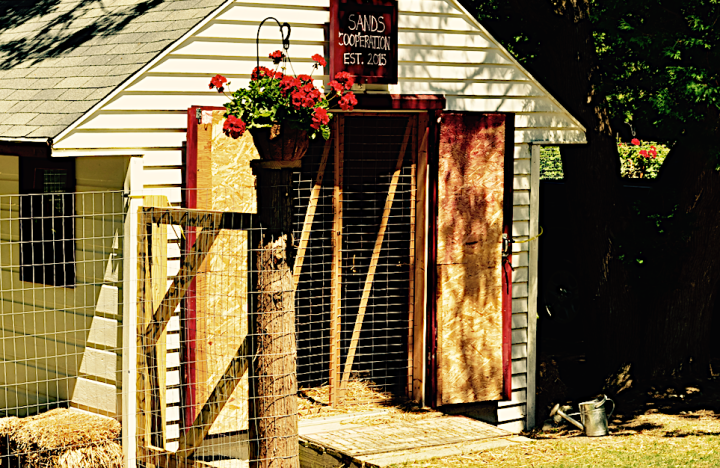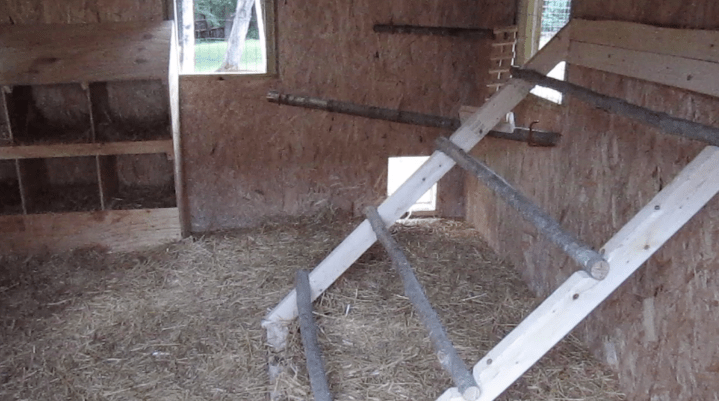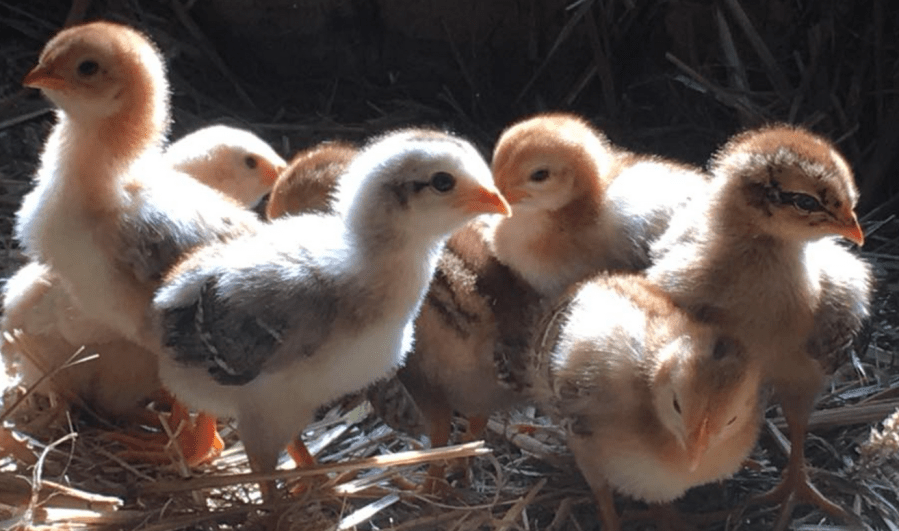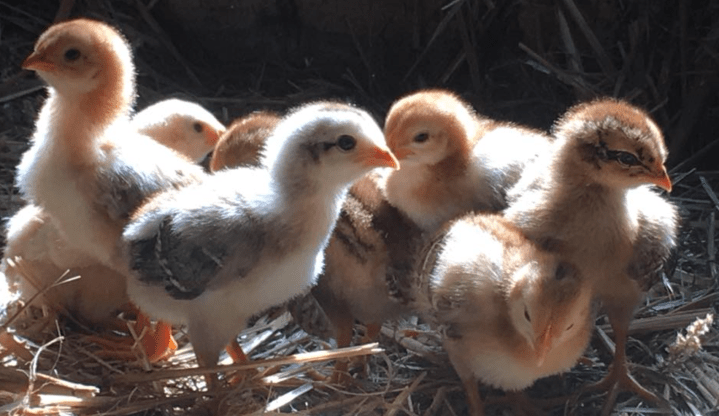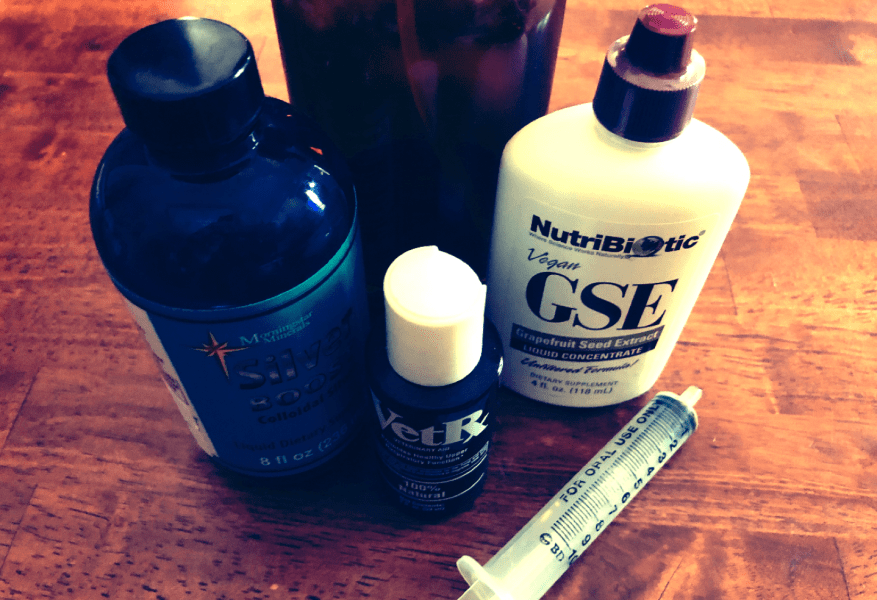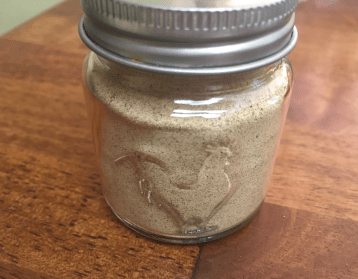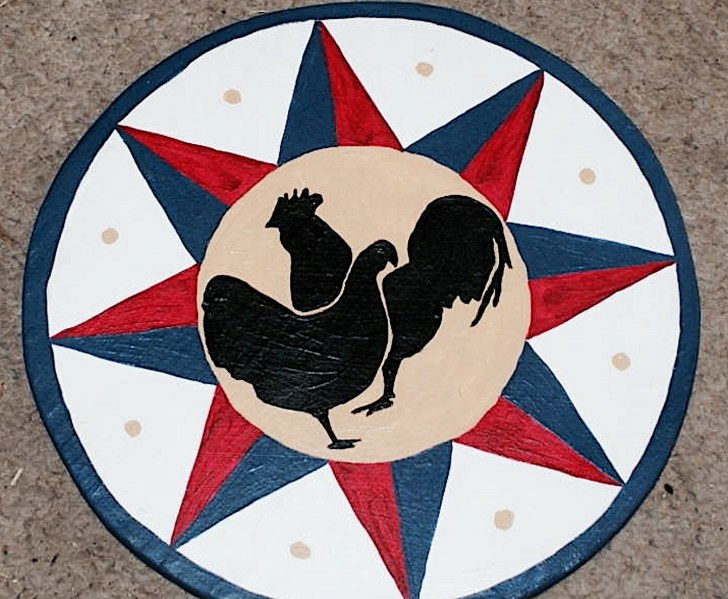Little Miss was one of my oldest hens, and she passed away this weekend. She was a beautiful girl, a Blue Laced Red Wyandotte, but she had health problems very early on. She would always pull through, and over the years, I realized that she was a tough girl. I came to learn that she was just going to live her life to the fullest, and I just needed to support her when I could.
She was our only Wyandotte to ever go broody and become a mama. She was a pretty terrible mama in many ways, but she did her job–aggressively–but still. Her single baby was raised up healthy and happy. Her baby’s name is Nugget because she was just a tiny little thing forever. Nugget went through a lot. As a mama, Little Miss had to have things her way, and when Nugget wasn’t doing things “just right,” Little Miss would let her know about it.

I love observing mama hens with chicks and studying their behaviors. I’ve seen some patterns of behaviors that result in certain behaviors in the chicks when they grow up, but I have still never seen a mama quite like Little Miss. Interestingly, her baby, Nugget, grew up very well and went broody for us last summer. She raised three babies and was very nurturing as a mama.
In the last couple of months, I noticed Little Miss was really tired. She started laying again in the spring, but she was not herself. Last week, I could see we were really close to the end, so I started pulling her away from the flock at night and keeping her in a giant dog crate where she could have her own water and food.
On Saturday morning, she didn’t want to leave the crate. I figured today was the day for her. I had a ton of work to do, but I kept her in my mind and would go check on her every little bit. Finally, about 2:00 PM, I had it in my head that I just needed to stop everything I was doing and go get her and hold her. So I grabbed a towel to wrap her up in for snuggling and scooped her up.
I took her to the rocking chair and just rocked and talked to her and rubbed her ears. Almost all of my chickens love their ears rubbed. I talked to her and told her it was okay to let go, to go see Poe, that Poe would help her. Little Miss just leaned into me for about five minutes; then, I saw the death spasm. It was weak and soft and quick. Little Miss was gone from the world.
I’ve always been a big crier. I recently read some research about it, and it really is a thing. It’s how I deal with my emotions and let them out. I keep so much in my head and can never speak it all out. All my ideas and thoughts just get all jumbled in there within the anxiety and will come out in a cry. However, since the COVID-19 pandemic and our time in isolation, I don’t cry so much. It actually worries me a little.
So I didn’t cry much for Little Miss. I did have a few tears, but I was mostly thankful beyond all reason that I had the urge to go get that chicken and be there with her when she passed.
Then, my phone rang. As an aside, that very morning, I had been duck sitting with a cranky duck in our guest bathroom who has a hurt foot, and I was looking for a cool classical ringtone for my phone. After much research, I landed on the BIG part in Dvorak’s Ninth Symphony. It’s loud. The horns are big. My ringtone is epic.
So, as I am sitting there with Little Miss, I hear epic horns going off from my phone. It was an awful disruption from the silence of death in the room.
I was like, “I’m gonna have to change that ringtone.”
Then, the phone rang again. I knew it must be a student. Then, I heard a ding with a text. I knew it was a student who really needed to speak with me.
So I got up from the rocking chair with Little Miss still in my arm. I read the message on my phone; it was one of my graduate students stressing out. I could tell she was in a panic, so I called her to help calm her down. Part of being a teacher is being a therapist, as any teacher will tell you, but since this whole COVID thing, my students are more on edge than ever before. I mean, of course they are.
So I called my student. Her voice was shaky, and she asked me how I was doing. I knew, if I told her what had just happened in the last five minutes, she would never tell me what was really going on with her, so I told her I was fine. And, with my dead chicken in one arm, I listened for a good 20 minutes about what all she was struggling with, and I talked to her and calmed her down.
You see, I teach writing, and one thing I have learned for sure over the years is that people can’t write well when they are anxiety ridden. If I am going to get my students to grow as writers, I need them to feel some level of calm. It just works better.
So I did my best, and it helped. I could tell. I could tell she was going to be able to keep writing and finish her Literature Review for her dissertation.
But my student kept talking.
She told me how thankful she was for me, how this was her first semester of her doctoral program, and how I had kept her going. She told me she was so thankful to have a professor who truly understood writing and was also so kind about it. She told me that she was forever thankful to me. I don’t hear things like this very often.
Normally, this would surely make me cry. It didn’t. My cry is gone for now, I guess, but her words touched my soul. To be honest, there are times it’s hard to keep going as a writing teacher. The pay is low, and the hours are long. In fact, one of the reasons we farm is help make my professor’s salary go a really long way.
But, after hearing these wonderful words from my student, I was reminded exactly why I do what I do. If I help even just one person, then I am making the world better. And, for real, that is really all I want in the world–all I want for my life–to find some way to make this world a little better.
As I sat there with my sweet Little Miss dead in my arms, I thought I had done alright this day.


